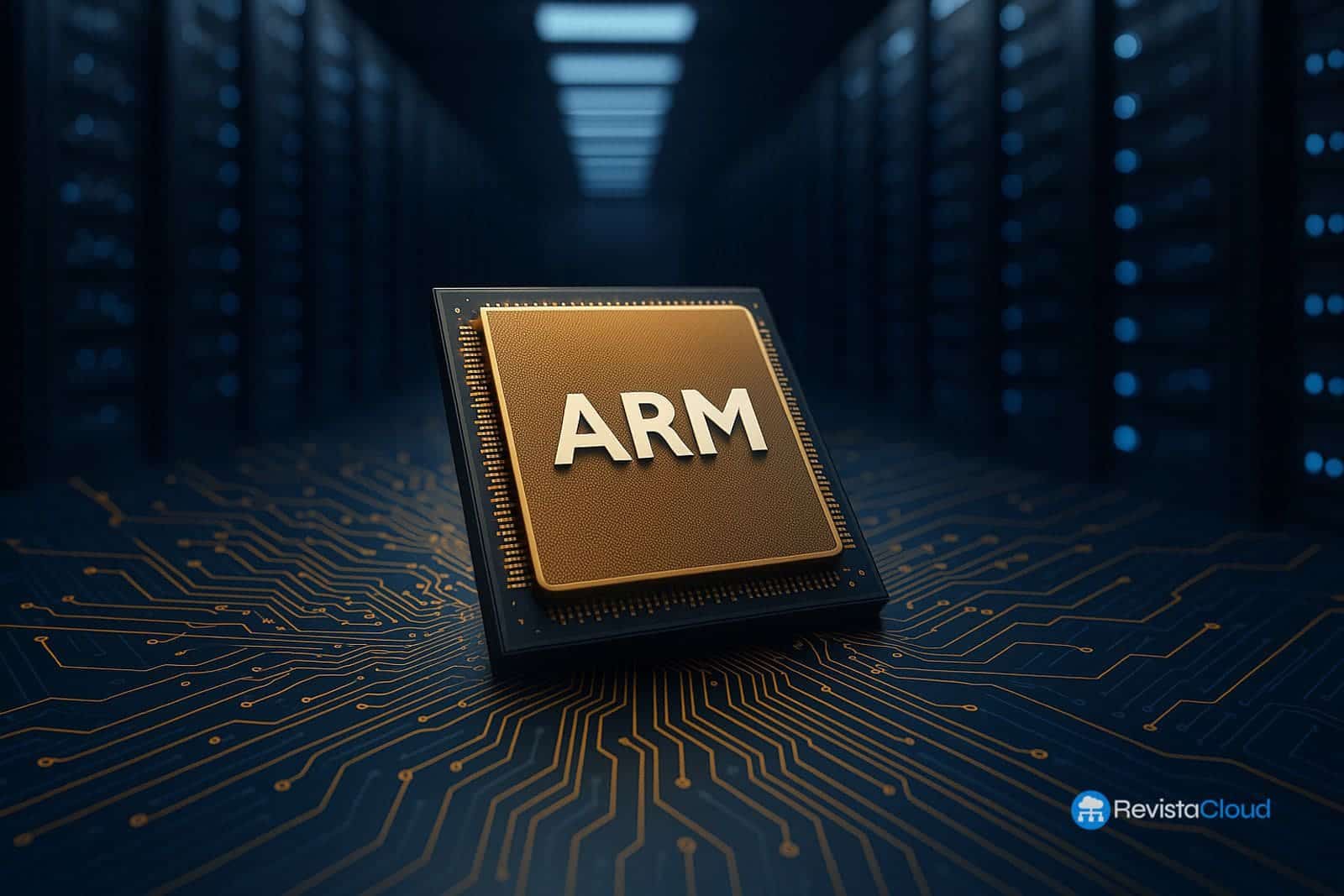Sure! Here’s the translation of your text into American English:
The British company aims to establish itself as the leading provider of energy-efficient processors in the era of Artificial Intelligence
ARM, the British chip design company, has set an ambitious goal for 2025: to capture 50% of the global CPU market for data centers by the end of the year. This target represents a tripling of its market share compared to the 15% it closed with in 2024, but the company is confident that the rise of Artificial Intelligence (AI) will be the deciding factor in achieving this.
This was stated by Mohamed Awad, head of ARM’s infrastructure division, in exclusive comments to Reuters. According to Awad, the energy efficiency of ARM’s designs represents a unique value in a context where major tech companies are seeking sustainable and cost-effective solutions to scale their data centers. “Our processors consume less power than those of other architectures like x86, which translates to a clear competitive advantage,” he stated.
AI and Energy Efficiency: The Key Duo
In a context of explosive growth in generative AI and increasingly demanding workloads, data centers have multiplied in presence and capacity. This increase has been accompanied by a growing concern about energy consumption and the efficiency of infrastructures. This is where ARM has found its main argument for growth.
The three leading cloud platforms—Amazon Web Services, Google Cloud, and Microsoft Azure—have either integrated or are developing their own chips based on ARM architecture. Amazon, a pioneer in this field with its Graviton series, has managed to ensure that more than half of the chips added to its data centers in the last two years use ARM technology. Alphabet (Google) and Microsoft are following suit with their own projects also betting on these designs.
From Servers to Advanced AI Systems
ARM’s growth is not limited to conventional servers. The British company has also become a key player in the infrastructure of advanced AI systems, such as those developed by Nvidia. Its Grace processor, based on ARM architecture, acts as the control brain in systems that integrate their powerful Blackwell chips. In these environments, ARM CPUs serve as data traffic controllers, managing communication between various processing units dedicated to AI.
According to Awad, this type of solution also provides significant economic value: “Data center chips typically incorporate more ARM intellectual property than mobile chips, translating into higher licensing and royalty revenues.” The company does not manufacture chips directly, but benefits by charging manufacturers for each design used and for every unit sold.
A Scalable Business Model
ARM’s business model, focused on licensing and royalty collection, has proven to be highly scalable. As more companies adopt its designs for general-purpose CPUs, specialized systems, or mobile applications, revenues grow without the need to incur manufacturing costs, which fall on third parties such as TSMC or Samsung.
The focus on efficiency, the versatility of its architecture, and the growing demand for solutions that minimize energy impact in data centers position ARM as one of the key players in the new technological landscape, where sustainability and scalability will set the pace for innovation.
Conclusion
2025 will be a key year for ARM. If it achieves its goal of capturing 50% of the CPU market in data centers, it will not only solidify its position as a real alternative to Intel and AMD but will also lay the groundwork for a new standard in computing in the era of Artificial Intelligence. Energy efficiency, the ability to adapt to multiple environments, and support from major tech companies make this challenge, though ambitious, far from unattainable.

